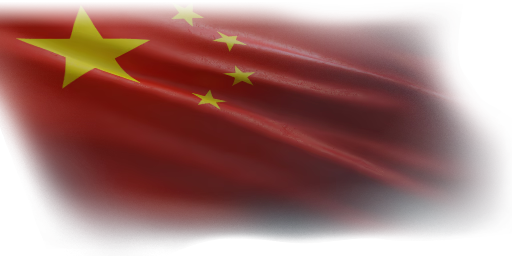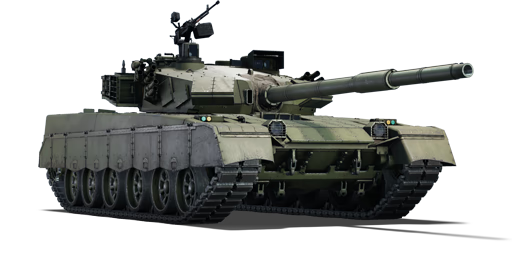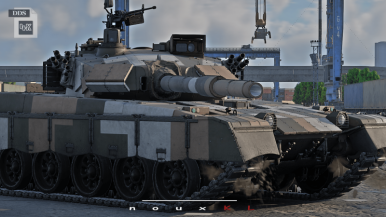



The MBT-2000, known as the Al-Khalid in Pakistan, was an export MBT developed by NORINCO in the Sino-Pakistan Type 90-II programme in 2001. Pakistan viewed the Indian T-72S fleet as a major threat; therefore, they sought help from Mainland China, which was also developing new MBTs. The new MBT would follow Pakistan's requirements, while NORINCO would design and manufacture the tank accordingly. Thanks to improving relations with Western powers, NORINCO acquired German engines and transmissions for their prototypes. The new BK1871 prototype was approved by Pakistan and became the foundation of the new MBT.
The agreement was signed in 1990 and thus earned the name Type 90 ("-II" was added to avoid confusion with the JGSDF's Type 90). Although there were plans to use NATO powerplants and transmissions, after political complications in both China and Pakistan, the Type 90-II would source its power pack from Ukraine (6TD from the T-80UD, which was also imported by Pakistan). The third Type 90-II prototype was approved as the Type 90-IIM; it featured domestic FY-series ERA and an AC unit for crew comfort. The new MBT, now named MBT2000, was finalised in 2000 and first shown at Abu Dhabi IDEX 2001 as a new NORINCO export product. The MBT2000 is still listed in the catalogue with revised designs and equipment for future battlefields alongside its high-end counterpart, VT4A1.
Introduced in Update "Sons of Attila", the MBT2000 breaks the trend of tanks using Warsaw Pact powerplants and transmissions in the Chinese ground tree. Not only does it have the forward speed of a T-80UD, but it also has an unprecedented reverse speed and neutral steering capabilities compared to most Eastern Bloc MBTs. The tank features identical firepower to its T-72 equivalents, while having a more advanced FCS and a chassis with design influence from Western tanks. While protection is inferior to its Chinese cousins (namely the ZTZ96A with FY-4 ERA), its great mobility and sufficient firepower can lead the tank to victory.
| Ammunition | Type | Armor penetration (mm) at a distance: | |||||
|---|---|---|---|---|---|---|---|
| 10 m | 100 m | 500 m | 1000 m | 1500 m | 2000 m | ||
| HEATFS | 480 | 480 | 480 | 480 | 480 | 480 | |
| HE | 45 | 45 | 45 | 45 | 45 | 45 | |
| APFSDS | 466 | 465 | 459 | 451 | 443 | 434 | |
| APFSDS | 577 | 575 | 566 | 556 | 545 | 534 | |
| HE-VT | 43 | 43 | 43 | 43 | 43 | 43 | |
| Belt | Belt filling | Armor penetration (mm) at a distance: | |||||
|---|---|---|---|---|---|---|---|
| 10 m | 100 m | 500 m | 1000 m | 1500 m | 2000 m | ||
| API-T/IAI/API-T/AP-I(c) | 34 | 32 | 24 | 17 | 12 | 8 | |
| Belt | Belt filling | Armor penetration (mm) at a distance: | |||||
|---|---|---|---|---|---|---|---|
| 10 m | 100 m | 500 m | 1000 m | 1500 m | 2000 m | ||
| AP-I/API-T | 13 | 12 | 7 | 3 | 2 | 0 | |












Mobility | |
|---|---|
Protection | |
|---|---|
Firepower | ||
|---|---|---|
